Dr. Kiki, from popSiren, solves the age old cellphone reception question. The Rad Scientist has moved into a cell reception twilight zone. Lucky for her, she's well-versed in antenna-making!
Just updated your iPhone? You'll find new emoji, enhanced security, podcast transcripts, Apple Cash virtual numbers, and other useful features. There are even new additions hidden within Safari. Find out what's new and changed on your iPhone with the iOS 17.4 update.
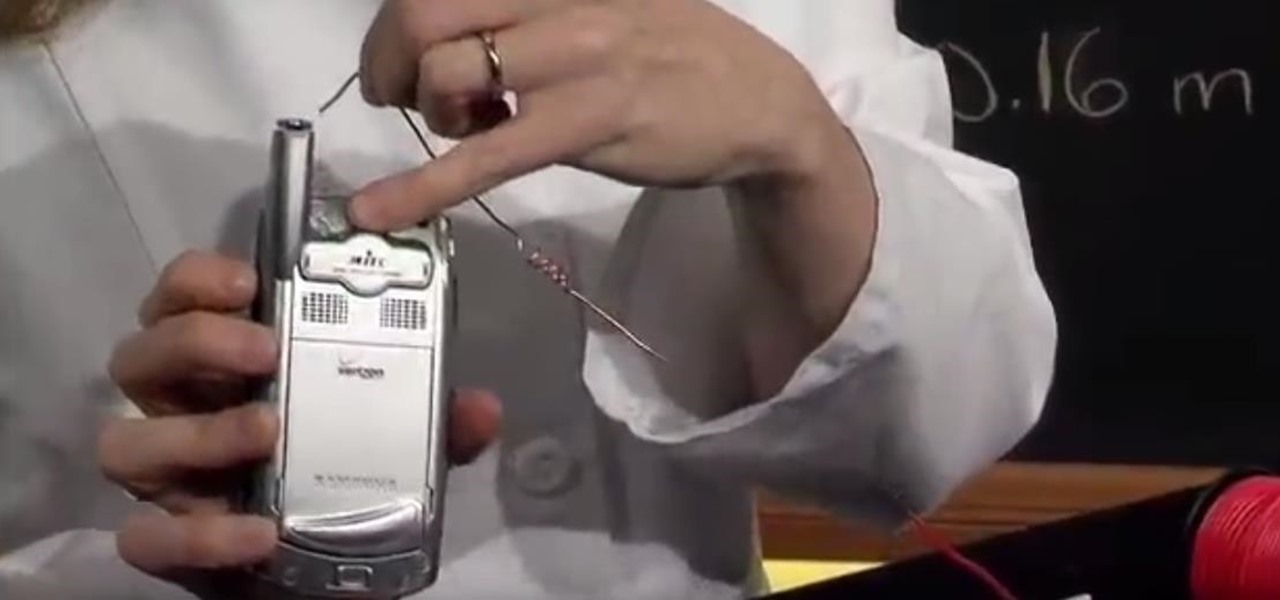




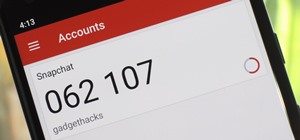
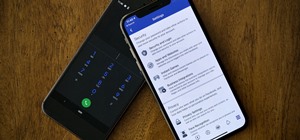


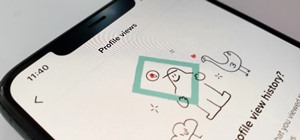

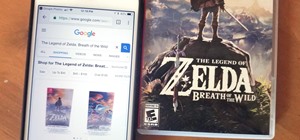
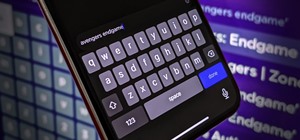
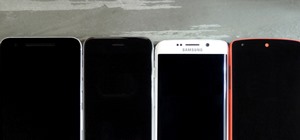
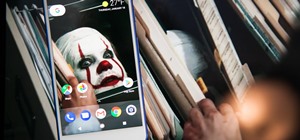
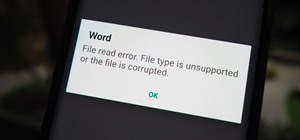
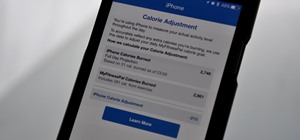
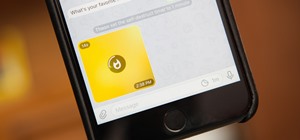
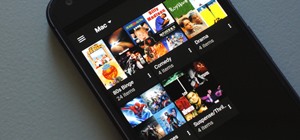

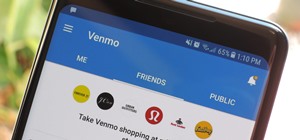
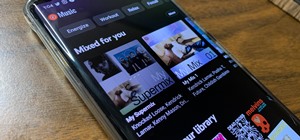
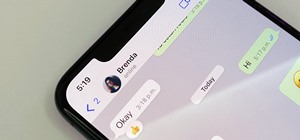
12 Comments
the antenna itself worked okay, but not until after it broke my new cellphone. whenever i take the antenna out i get zero reception. i need to get a new one now. you need to use a real connector for this.
IMPORTANT! This article is not about BOOSTING a CURRENT antenna. It is about effectively REPLACING the built-in antenna via the EXTERNAL antenna port built in the side or back of the phone. Your phone trains itself to look for the antenna that is already functional so once you take that away from it, it is not going to know how to find it again on its own. It has to be prompted to do so.
Also you do need to get a connector..
Also you do need to get a connector..
Would you be able to make an antenna for an iPod Touch?
Well the part that most people don't realize is you're NEVER supposed to ground the antenna element to the outside of the connector it should ONLY ever touch the middle hole on the antenna port. Also antennas close to cell towers or radio stations can actually carry some decent voltage it could have grounded on the PC board inside the phone killing it. Another possibility of what may have happened is the little antenna wire inside the phone itself or the antenna plate got disconnected when you dropped it. I suggest tearing it apart and reconnecting the antenna especially if its out of warranty, that way you can have a little fun with it, possibly fix it, but definitely learn from it.
You may want to read about loop antennas and the like where the functionality is dependent upon current passing from the antenna to ground.
Remember the closer you are to a cell tower the more energy gets received by that little antenna also if you get an amplified antenna you actually have to have a special one that disconnects when too much power is sent to the antenna. This can actually damage cell towers, so be careful :D you don't want to be sued or arrested by the FCC for violating communication laws.
Most internal cell phone antennas are simply a 6" piece of covered wire connected via a cell phone antenna jack (I forget what the port/jack is called. sorry.)
So what you want is the following, this is a list I compiled of parts needed you can use other vendors or whatever this is just a suggestion.
parts for cell phone adapter/antenna extender
x2 http://www.ebay.com/itm/Samsung-Skyrocket-Galaxy-S-II-SGH-I727-external-antenna-adapter-cable-FME-Male-/260961309792
x2 N-type female to FME female adapter
x2 N-type male on 9913 cable
Omni directional antenna x2 or one dual antenna accepting two outputs. (The antenna port is actually an input and an output because it receives and transmits energy or electromagnetic waves which travel until reflected or absorbed.)
Newer phones have two ports on the back, for the 800-1900 range and the other is for MIMO (Multiple in Multiple out antennas) people generally use Condensed fractal antennas but an omni directional antenna will work fine too. The standard connector for the pigtail wires that connect to the phone usually end in FME type which needs to either be adapted UP or DOWN in size to your desired antenna. Discovering what each connector is called will help you immensely.
http://en.wikipedia.org/wiki/RF_connector
http://en.wikipedia.org/wiki/Fractal_antenna
http://en.wikipedia.org/wiki/Antenna_(radio)
http://en.wikipedia.org/wiki/Metamaterial_antenna
http://en.wikipedia.org/wiki/Cellular_network
http://www.maxwells-equations.com/_
Well, she lucked out. Plain and simple.
Stay out of the classroom, lady.
I have a Samsung Galaxy J1 Ace. Can I use a wireless headphone for it? When I turn on the radio, it tells me I need the plug in earphones to work as an antenna. Can you help me, please?
Share Your Thoughts